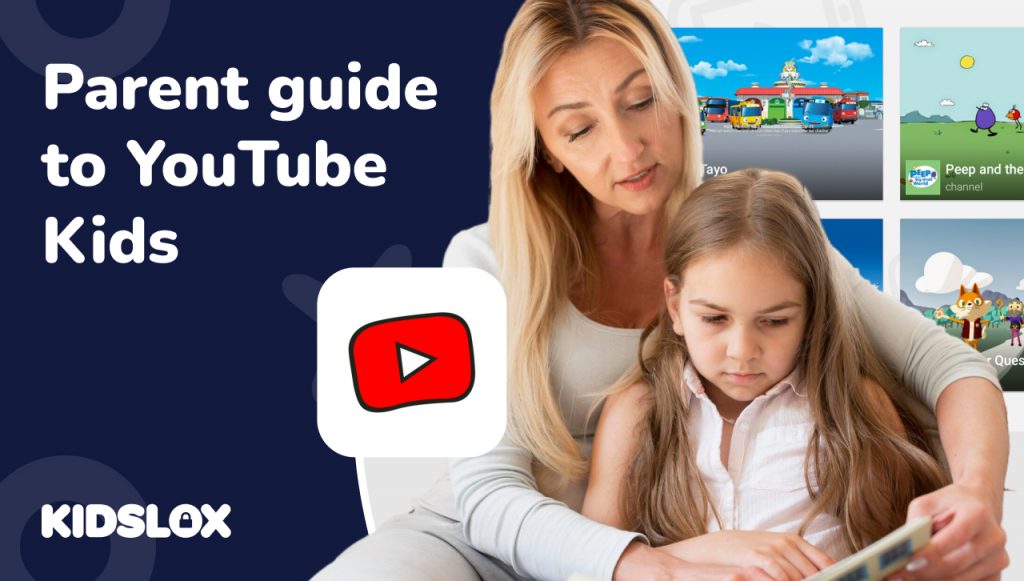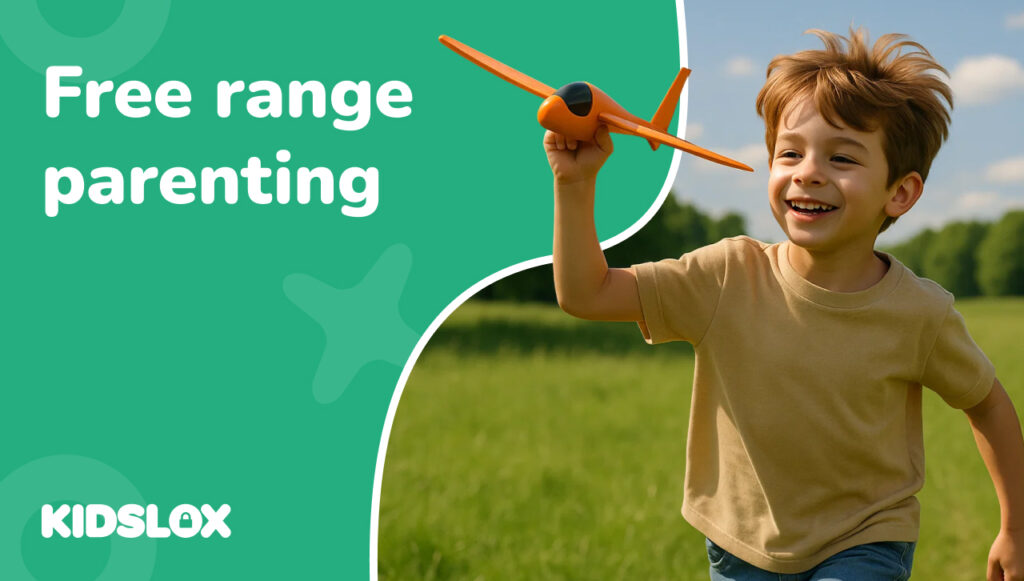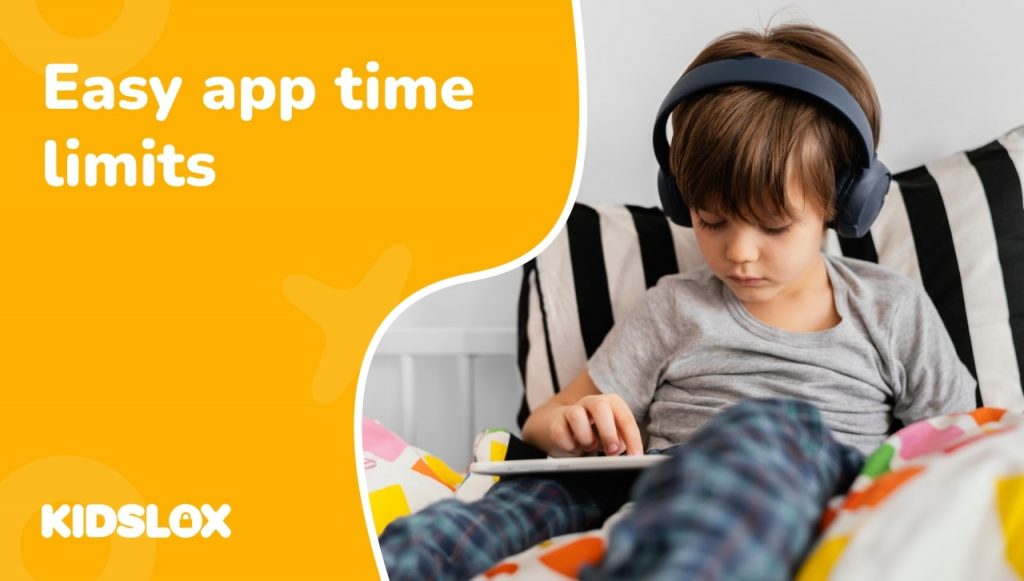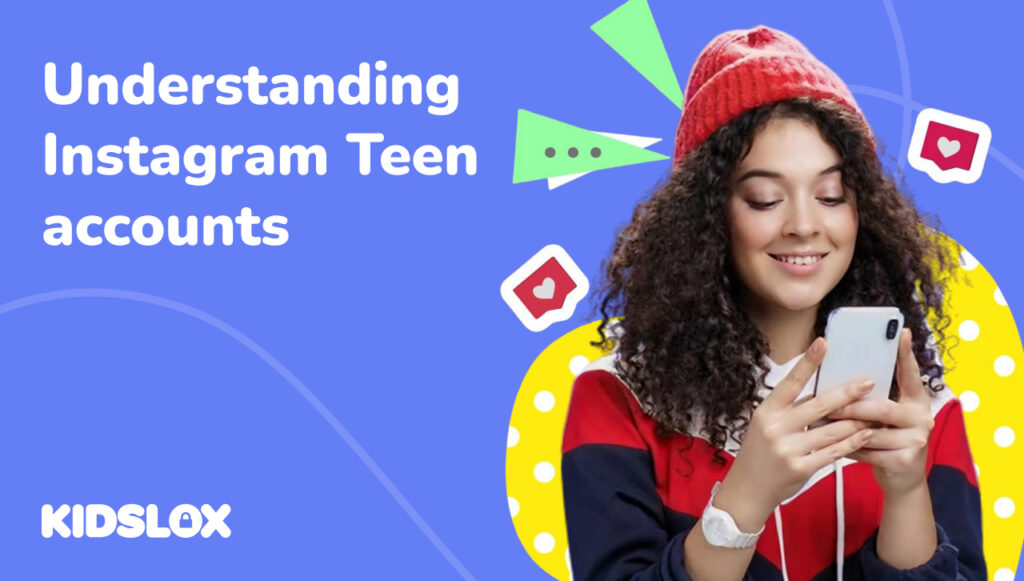Ever caught your child transfixed by yet another unboxing video or toy review, leaving you torn between embracing modern technology and protecting them from inappropriate content?
With children ages eight and under now spending more time on YouTube than ever before – surpassing even traditional TV viewing – parents everywhere are grappling with a digital dilemma.
The challenge runs deeper than just managing screen time. Research from Michigan Medicine reveals that one in four YouTube videos watched by young children is actually designed for older audiences.
Even more concerning, 95% of early childhood videos contain paid advertising – with a third featuring three or more ads per video. Many parents report finding their kids suddenly exposed to content that seemed kid-friendly at first glance, only to take unexpected turns.
Enter YouTube Kids – Google’s attempt to create a safer space for young viewers.
The app curates videos for different age groups, ensuring that content is family-friendly and educational. But does this dedicated platform truly deliver on its promise of kid-friendly content?
While it offers more robust parental controls and filtered content than regular YouTube, making it work effectively for your family requires understanding both its benefits and limitations.
Let’s take a look at YouTube Kids – how it works, the limitations, and how you can make YouTube Kids a safer, more enriching experience for your children (while addressing the real concerns that keep parents up at night.)
From managing screen time to filtering content and dealing with advertising, we’ll cover everything you need to know to make informed decisions about your family’s YouTube Kids experience.
What Is YouTube Kids and How Does It Work?
Think of YouTube Kids as a walled garden within the vast YouTube ecosystem.
Launched in 2015, it’s Google’s answer to parents’ growing concerns about children stumbling across inappropriate content on the main platform.
Unlike regular YouTube – where anyone can upload virtually anything – YouTube Kids uses a combination of algorithmic filtering and human review to create a more controlled environment.
When you first set up YouTube Kids, you’ll notice it breaks content into three distinct age categories:
- Preschool (4 & under): Focused on creativity, learning, and simple concepts through songs, stories, and basic educational content
- Younger (5-8): Expanded content, including more diverse interests, hobbies, and music – while maintaining age-appropriate boundaries
- Older (9-12): Broader access to gaming videos, music, and science content, carefully filtered but closer to regular YouTube’s variety
How is the YouTube Kids App Different From YouTube?
The differences between YouTube Kids and its parent platform are actually about more than just content filtering:
- It Has A Simplified Interface: Large buttons, voice search, and intuitive navigation designed specifically for young users
- You Have Great Control Over Restricted Features: No comments section, sharing disabled, and limited social features to prevent unwanted interactions
- Specialized Advertising & Video Recommendations: While ads still exist (more on this later), they undergo additional review to ensure age-appropriateness
- Parental Controls: Built-in tools for time limits, content blocking, and viewing history that regular YouTube lacks
Here’s the reality check: While Google states that “systems work hard to exclude mature content,” they acknowledge that not all videos are manually reviewed before appearing on the platform.
This automated approach means that occasionally, inappropriate content can slip through the cracks.
Think of it this way: YouTube Kids is like having a children’s section in a library – while the content is generally appropriate, parents still need to stay involved and aware of what their children are accessing. The platform provides tools to help with this oversight, but it works best when viewed as a partnership between the technology and active parental involvement.
Can You Make YouTube Kids Family Friendly?
While YouTube Kids isn’t entirely risk-free, it comes equipped with robust parental controls that can significantly enhance your child’s safety.
Flagged videos undergo a thorough review process to enhance content safety, ensuring that inappropriate content is continually monitored and addressed. But even when it comes to videos on YouTube Kids, you’ll want to have a bit more involvement in your child’s experience:
Approved Content Only Mode
Think of this as your strongest line of defense.
Rather than relying on YouTube’s algorithms, you can restrict your child to watching only the channels and videos you’ve personally reviewed and approved. While it requires more upfront effort, this “walled garden” approach gives you complete control over what your children can access.
Plus, using Google Accounts managed under Family Link enhances privacy and safety for children by providing robust parental controls and ensuring their online environment is secure.
Content Settings by Age
Each child’s profile can be customized based on their age group, with increasingly selective content filters:
- Preschool (4 & under): Focuses on creativity, playfulness, and learning
- Younger (5-8): Introduces more topics while maintaining strict content standards
- Older (9-12): Expands access while still filtering inappropriate material
Search Controls
One of your most powerful tools is the ability to turn search off completely. With search disabled, your child can only access featured videos and channels that have been more thoroughly vetted. While this limits exploration, it significantly reduces the risk of encountering unsuitable content.
Screen Time Management
Nobody wants their children to spend hours on commercial content – even when that content promises to “promote creativity” or be built only for kid profiles. Here are some extra screen time limit elements you can set up within the parental setup part of YouTube Kids:
- Set viewing limits for each session
- Receive notifications when time is almost up
- Have the app automatically close when time expires
- Track viewing history to monitor usage patterns
Parents create a safe and suitable environment by utilizing parental controls to set content preferences and limit screen time, thereby fostering their children’s exploration and creativity.
Can You Make YouTube Kids Safer with Family Link App?
While YouTube Kids offers robust parental controls on its own, Google’s Family Link app takes supervision to the next level by integrating deeply with YouTube Kids and your child’s entire digital experience.
Think of Family Link as your command center for managing not just what your kids watch but their entire online presence.
Google Family Link & Content Settings
When you connect Family Link to YouTube Kids, you gain additional control over content settings – be that the YouTube creators your kids engage with or the popular music they’re exposed to.
- Remotely adjust content levels (Preschool, Younger, or Older) from your own device
- Block and approve specific videos or channels without needing physical access to your child’s device
- Override YouTube Kids’ recommendations with your own approved content selections
- Setting up a Google Account for your child helps manage parental controls and personalize content filters, ensuring a safer and more tailored experience on platforms like YouTube Kids
Multi-Device Control
Instead of configuring settings on each device separately, Family Link lets you manage YouTube Kids settings across all your child’s devices from a single dashboard. When you block a video on one device, that block carries over to all other devices your child uses.
While YouTube Kids provides a safe space, Family Link gives you the tools to maintain and monitor that space effectively, helping ensure your child’s video viewing aligns with your family’s values and schedule.
Practical Tips for Making YouTube Kids Work for Your Family
Here are some quick, actionable tips that can help make YouTube Kids a more positive experience for your family:
- Set specific “video time” windows during the day and link them to completed tasks like homework – this prevents the endless “just one more video” cycle
- Keep viewing in common areas like the living room, never in bedrooms where supervision becomes difficult
- Watch together when possible, turning passive screen time into opportunities for discussion and learning
- Help kids recognize ads and sponsored content, building their critical thinking skills early
- Use videos as inspiration for real-world activities – if they love science videos, try replicating safe experiments together
- Create family playlists together, making content curation a shared activity rather than just a restriction
Kidslox Is Here to Help You Manage Multiple Platforms
While YouTube Kids offers robust parental controls, many families find themselves managing multiple devices and platforms. This juggling act can quickly become overwhelming, especially as children grow and their digital world expands. It is essential to protect the youngest users online from inappropriate content while empowering parents with tools to customize their children’s viewing experiences.
At Kidslox, our parental control app works seamlessly alongside YouTube Kids to provide comprehensive digital safety across all your family’s devices.
Instead of configuring separate controls for each platform, Kidslox gives you a unified dashboard to manage screen time, filter content, and monitor activity – all while maintaining the specific protections that make YouTube Kids valuable.
The digital world doesn’t have to be overwhelming. With YouTube Kids’ built-in safety features and Kidslox’s comprehensive controls working together, you can create a secure digital environment that grows with your family. Get started today!





